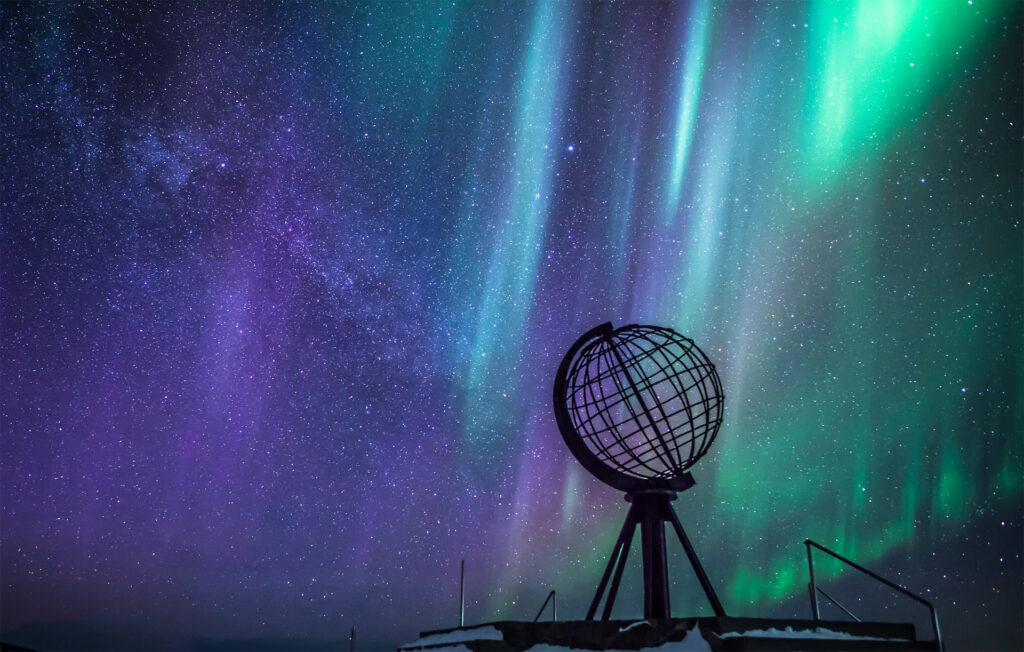Introduction
The ethereal beauty of the Northern Lights, or Aurora Borealis, is a natural wonder that captivates sky gazers worldwide. If you’re planning an adventure to witness this celestial spectacle, the timing is crucial. In this guide, we’ll explore the best month to see the Northern Lights, helping you maximize your chances for an unforgettable experience.

The Best Month to See the Northern Lights
The optimal month for Northern Lights viewing depends on various factors, including solar activity, darkness, and weather conditions.
September to April: Prime Aurora Season
Solar Cycle Influence
The Northern Lights are visible year-round, but the peak season is from September to April. Solar activity plays a crucial role, and during the solar maximum (which occurs approximately every 11 years), the auroras are more frequent and intense.
Dark Skies Enhance Visibility
Dark skies are essential for observing the Northern Lights, making the winter months ideal. New moon phases provide the darkest nights, enhancing the visibility of the celestial display.
December to February: Peak Winter Months
Extended Darkness
December to February offers extended periods of darkness, increasing the chances of witnessing the Northern Lights. The longer nights provide ample time for the auroras to dance across the sky.
Clear Weather Conditions
Monitoring weather conditions is crucial. Clear skies contribute to optimal viewing conditions. Utilize aurora forecast tools for real-time information on geomagnetic activity and cloud cover.

Planning Your Aurora Adventure
Time of Night Matters
Midnight to 2 AM
The best time to witness the mesmerizing dance of the Northern Lights is often between midnight and 2 AM, when the auroral activity is at its peak. During these hours, the night sky offers the most favourable conditions for spotting this ethereal phenomenon, as the darkness and optimal atmospheric conditions align perfectly. To maximize your chances of experiencing this breath-taking display, plan your aurora-hunting adventures around this time frame. Whether you’re standing under a clear Arctic sky or perched in a remote location far from light pollution, these early-morning hours are your window to one of nature’s most awe-inspiring shows.

Conclusion
The best month to see the Northern Lights is undoubtedly during the winter season, from September to April, with December to February marking the peak months. Consider factors like solar activity, dark skies, and clear weather conditions when planning your Northern Lights adventure. Armed with this knowledge, venture into the night and witness the enchanting dance of the auroras in all their glory.
Frequently Asked Questions
Q: What month is best to see the Northern Lights?
A: The best months are from September to April, with peak activity during the winter months of December to February.
Q: Does solar activity affect Northern Lights visibility?
A: Yes, solar activity, influenced by the solar cycle, plays a significant role in the intensity and frequency of the auroras.
Q: Why are the winter months preferred for aurora viewing?
A: Winter months offer extended periods of darkness and clearer skies, providing optimal conditions for Northern Lights visibility.
Q: Is there a specific time of night that’s best for Northern Lights viewing?
A: The prime time is typically between midnight and 2 AM when the night sky is darkest.
Q: What role does the moon play in Northern Lights visibility?
A: New moon phases provide the darkest skies, enhancing the visibility of the Northern Lights against the celestial canvas.







